Home>Gardening & Outdoor>Landscaping Ideas>How To Fix Backyard Grass
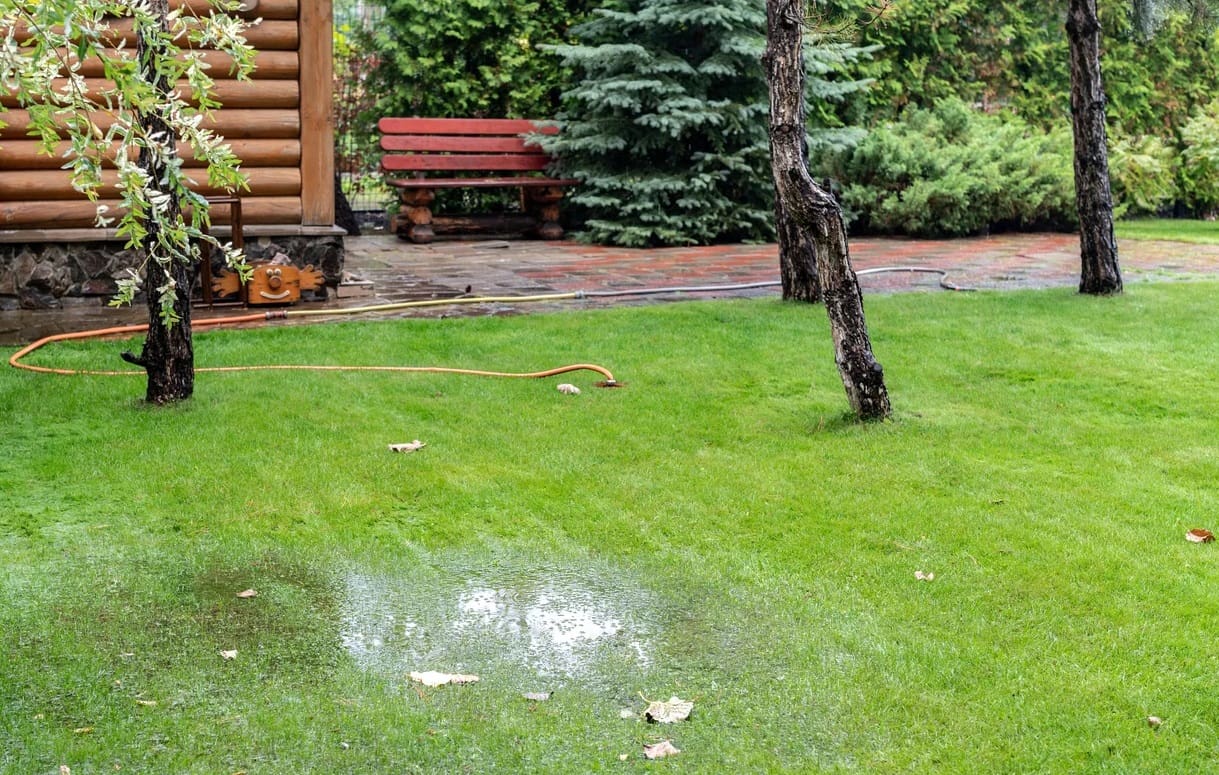

Landscaping Ideas
How To Fix Backyard Grass
Modified: October 19, 2024
Learn how to fix your backyard grass with our expert landscaping ideas. Transform your outdoor space with our practical tips and advice.
(Many of the links in this article redirect to a specific reviewed product. Your purchase of these products through affiliate links helps to generate commission for Storables.com, at no extra cost. Learn more)
Introduction
Welcome to the ultimate guide on fixing your backyard grass! A lush, vibrant lawn can transform your outdoor space into a picturesque oasis, providing a perfect setting for relaxation, play, and entertainment. However, achieving and maintaining a healthy lawn requires dedication, knowledge, and a bit of elbow grease. Whether you're dealing with patchy, brown spots, invasive weeds, or bare areas, this comprehensive guide will equip you with the essential know-how to rejuvenate your backyard grass and cultivate a verdant, inviting landscape.
In the following sections, we'll delve into the crucial steps for reviving your backyard grass, from assessing its current state to selecting the right grass seed, preparing the soil, and executing proper seeding, watering, fertilizing, mowing, and maintenance techniques. Additionally, we'll explore common backyard grass issues and effective strategies for addressing them, empowering you to overcome challenges and nurture a stunning, resilient lawn.
So, roll up your sleeves, put on your gardening gloves, and get ready to embark on a rewarding journey toward a revitalized backyard oasis. Whether you're a seasoned lawn care enthusiast or a novice homeowner eager to elevate your outdoor space, this guide will provide valuable insights and actionable tips to help you achieve the backyard of your dreams. Let's dive in and discover the secrets to achieving a lush, thriving lawn that will be the envy of the neighborhood!
Key Takeaways:
- Choose the right grass seed by considering your local climate, maintenance preferences, and aesthetic vision for a resilient, visually appealing backyard lawn.
- Address common grass issues like weed infestations, sparse areas, and pest infestations with targeted solutions and proactive lawn care practices for a lush, thriving lawn.
Read more: How To Maintain Backyard Grass
Assessing the Current State of Your Backyard Grass
Before diving into the process of revitalizing your backyard grass, it’s essential to assess the current condition of your lawn. This step is crucial for identifying underlying issues, determining the type of grass best suited for your region, and devising a tailored plan for achieving a healthy, vibrant lawn.
Begin by taking a close look at your backyard, paying attention to areas of discoloration, patchiness, and weed infestations. Note any areas where the grass appears sparse or where soil erosion is evident. Understanding the specific challenges your lawn faces will guide your approach to restoration.
Next, consider the type of grass that currently populates your lawn. Different grass species thrive in varying climates and soil conditions. By identifying the existing grass type, you can make informed decisions when selecting new grass seed for overseeding or reseeding purposes.
Assess the soil quality in your backyard by performing a simple soil test. This test will reveal crucial information about the pH level, nutrient content, and overall health of the soil. Understanding your soil’s composition will enable you to address any deficiencies and create an optimal environment for new grass growth.
Furthermore, evaluate the drainage patterns in your backyard. Poor drainage can lead to waterlogged areas and contribute to the development of fungal diseases, while excessively dry soil may hinder grass growth. By identifying drainage issues, you can implement solutions to ensure proper moisture levels for your lawn.
Lastly, consider the amount of sunlight and shade that different areas of your backyard receive throughout the day. Certain grass species thrive in full sun, while others are better suited for shaded environments. Understanding the sunlight patterns will inform your choice of grass seed and help you optimize the growing conditions for your lawn.
By thoroughly assessing the current state of your backyard grass, you’ll gain valuable insights that will shape your approach to lawn restoration. Armed with this knowledge, you’ll be well-prepared to proceed to the next steps of selecting the right grass seed and preparing the soil for seeding.
Choosing the Right Grass Seed
When it comes to rejuvenating your backyard grass, selecting the appropriate grass seed is a pivotal decision that significantly impacts the success of your lawn restoration efforts. The ideal grass seed for your lawn depends on various factors, including your geographical location, climate, soil type, and the specific conditions of your backyard. By choosing the right grass seed, you can ensure that your lawn flourishes and remains resilient in the face of environmental challenges.
Begin by researching the grass species that are well-suited for your region. Different grass varieties thrive in specific climates and exhibit varying tolerance to heat, cold, drought, and other environmental factors. Consider consulting local gardening experts or cooperative extension services to gain insights into the best grass species for your area.
Furthermore, assess the level of foot traffic your lawn typically experiences. If your backyard serves as a play area for children and pets, or if it frequently hosts social gatherings, opt for a durable grass variety that can withstand heavy use without succumbing to wear and tear.
Another crucial consideration is the amount of maintenance and care you’re willing to invest in your lawn. Some grass species require more frequent mowing, watering, and fertilization, while others are more low-maintenance. By aligning the maintenance requirements of the grass seed with your available time and resources, you can establish a sustainable lawn care routine.
Take into account the aesthetic qualities you desire for your lawn. Different grass varieties exhibit varying shades of green, leaf textures, and growth habits. Whether you prefer a lush, fine-bladed lawn or a robust, coarse-textured turf, there are grass seed options that cater to diverse aesthetic preferences.
Consider the specific challenges your backyard faces, such as shade from trees or the presence of slopes and erosion-prone areas. Certain grass species are adept at thriving in shaded environments, while others offer superior soil stabilization properties, making them ideal for sloped terrain.
Ultimately, the goal is to select a grass seed that aligns with your local climate, soil conditions, maintenance preferences, and aesthetic vision for your lawn. By making an informed choice, you’ll set the stage for a successful lawn restoration journey, laying the foundation for a resilient, visually appealing backyard oasis.
Preparing the Soil for Seeding
Before sowing the chosen grass seed, it’s crucial to prepare the soil to create an optimal environment for successful germination and robust grass growth. Soil preparation sets the stage for healthy root development, nutrient uptake, and overall lawn vitality. By following these essential steps, you can ensure that your backyard soil is primed for the introduction of new grass seed, paving the way for a lush and resilient lawn.
Begin by clearing the area of any debris, including rocks, branches, and existing vegetation. This step provides a clean canvas for soil preparation and minimizes potential obstructions to new grass growth. Use a rake or specialized debris-clearing tools to thoroughly clear the soil surface.
Next, perform a soil test to assess its pH level and nutrient content. This information will guide the application of soil amendments to address any deficiencies and create an optimal growing environment for the new grass seed. Common soil amendments include lime to adjust pH, as well as organic matter and fertilizer to enhance nutrient levels.
Aerate the soil to alleviate compaction and improve air and water penetration. Compacted soil can hinder root development and impede the absorption of essential nutrients and moisture. Utilize a core aerator or aeration tool to perforate the soil, allowing for improved circulation and root access to vital resources.
Once the soil has been aerated, proceed with leveling the surface to ensure uniformity and proper drainage. Fill in low-lying areas and gently slope the soil away from buildings and other structures to prevent water accumulation. A smooth, level surface promotes even grass growth and facilitates efficient water distribution during watering.
Incorporate the selected grass seed into the prepared soil using a seed spreader or by hand broadcasting. Ensure even distribution of the seed across the entire area, adjusting the seeding rate as recommended for the specific grass species. Lightly rake the seeded soil to cover the seeds with a thin layer of soil, promoting seed-to-soil contact and aiding in germination.
Finally, water the seeded area gently to initiate the germination process. Use a fine mist or gentle spray setting to avoid displacing the seeds or creating waterlogged conditions. Following the initial watering, maintain consistent moisture levels in the soil to support seed germination and early grass growth.
By diligently preparing the soil for seeding, you’ll create an optimal foundation for the establishment of healthy, resilient grass. This proactive approach sets the stage for successful germination and robust growth, laying the groundwork for a vibrant and enduring backyard lawn.
Seeding Your Backyard
Seeding your backyard is a pivotal step in the journey toward achieving a lush, vibrant lawn. Whether you’re overseeding existing grass or starting from scratch, the process of sowing grass seed demands careful attention to detail and a strategic approach to ensure successful germination and robust growth. By following these essential guidelines, you can effectively seed your backyard, setting the stage for a resilient and visually stunning lawn.
Begin by selecting an opportune time for seeding, typically during the early fall or spring when the soil temperature is conducive to seed germination. Avoid extreme weather conditions, such as periods of intense heat or cold, to provide an optimal environment for seed establishment and early growth.
Calculate the amount of grass seed needed based on the size of your backyard and the recommended seeding rate for the chosen grass species. Opt for high-quality grass seed that is well-suited for your local climate, soil conditions, and intended use of the lawn. Consider consulting with local gardening experts or reputable suppliers to acquire premium grass seed varieties.
Prior to seeding, ensure that the soil has been thoroughly prepared, as outlined in the previous section. The soil should be aerated, leveled, and amended as necessary to create an ideal environment for seed germination and root development.
Distribute the grass seed evenly across the prepared soil using a seed spreader or by hand broadcasting. Aim for uniform coverage to promote consistent grass growth and minimize patchiness. Adjust the seeding rate based on the specific requirements of the chosen grass species, taking into account the desired density of the lawn.
After seeding, lightly rake the soil surface to cover the seeds with a thin layer of soil, enhancing seed-to-soil contact and facilitating the germination process. Avoid burying the seeds too deeply, as this can impede their ability to sprout and establish roots. A gentle raking will suffice to ensure proper seed coverage without excessive soil disturbance.
Following the seeding process, water the seeded area gently to initiate the germination of the grass seed. Use a fine mist or gentle spray setting to avoid dislodging the seeds or creating waterlogged conditions. Maintain consistent moisture levels in the soil to support seed germination and early grass growth, adjusting the watering frequency based on environmental conditions.
By diligently following these steps, you can effectively seed your backyard, laying the groundwork for the emergence of a vibrant, resilient lawn. Patience and attentive care during the germination and early growth stages will contribute to the successful establishment of healthy, lush grass, transforming your backyard into a picturesque outdoor haven.
Read more: How To Cover Backyard Grass
Watering and Fertilizing
Proper watering and fertilizing practices play a crucial role in nurturing the growth and vitality of your backyard grass. These essential aspects of lawn care contribute to the development of strong, resilient turf that thrives in its environment, exhibiting lush greenery and robust root systems. By implementing effective watering and fertilizing strategies, you can support the long-term health and beauty of your lawn, creating an inviting outdoor space for relaxation and recreation.
Watering your newly seeded or established lawn requires attentiveness to moisture levels and a commitment to providing consistent, adequate hydration. During the germination phase of newly seeded grass, it’s essential to keep the soil consistently moist without creating waterlogged conditions. Use a fine mist or gentle spray setting to water the seeded area, ensuring even coverage and avoiding displacement of the seeds.
As the grass begins to establish and grow, gradually transition to deeper, less frequent watering sessions to encourage the development of deep root systems. Deep watering promotes drought resistance and overall lawn health, as the roots are encouraged to reach deeper into the soil in search of moisture. Monitor the soil moisture levels and adjust your watering schedule based on environmental conditions and the specific needs of your lawn.
Fertilizing your lawn is a key practice for providing essential nutrients that support healthy grass growth and resilience. Select a high-quality, balanced fertilizer that is formulated for the specific needs of your grass species and the soil conditions in your backyard. Apply the fertilizer according to the recommended schedule, typically during the growing season, to provide the necessary nutrients for vigorous grass development.
Consider conducting a soil test to determine the nutrient requirements of your lawn, allowing you to tailor the fertilizer application to address any deficiencies. Slow-release fertilizers are often favored for their gradual nutrient release, promoting sustained grass nourishment and minimizing the risk of excessive growth spurts followed by nutrient depletion.
Avoid over-fertilizing, as excessive nutrient levels can lead to rapid but weak grass growth, making the lawn more susceptible to stress and disease. Follow the manufacturer’s guidelines for application rates and timing, and be mindful of environmental factors that may impact nutrient uptake, such as heavy rainfall or drought conditions.
By implementing a well-managed watering and fertilizing regimen, you can provide your backyard grass with the essential resources it needs to thrive. Consistent, attentive care will contribute to the development of a resilient, visually appealing lawn that enhances the beauty and functionality of your outdoor space.
Mowing and Maintenance
Mowing and maintenance are integral components of effective lawn care, contributing to the health, appearance, and resilience of your backyard grass. By adopting proper mowing techniques and implementing routine maintenance practices, you can promote vigorous grass growth, discourage weed proliferation, and create a well-manicured lawn that enhances the aesthetic appeal of your outdoor space. Let’s explore the essential guidelines for mowing and maintaining your backyard grass, empowering you to cultivate a lush, vibrant lawn that becomes the envy of the neighborhood.
When it comes to mowing, it’s crucial to adhere to the “one-third rule,” which recommends removing no more than one-third of the grass blade’s height during a single mowing session. This approach prevents stress on the grass and encourages strong, healthy growth. Adjust your mower blade height to maintain the recommended grass height for your specific grass species, ensuring that you neither scalp the lawn nor allow the grass to become excessively tall.
Vary the mowing direction and pattern with each session to prevent the grass from developing a grain and to promote upright growth. Alternate between vertical, horizontal, and diagonal mowing patterns to minimize soil compaction and achieve an even, well-groomed appearance. Additionally, keep your mower blades sharp to ensure clean, precise cuts that promote grass health and reduce the risk of disease and discoloration.
Regular lawn maintenance goes beyond mowing and encompasses essential practices such as edging, aerating, and dethatching. Edging the lawn along sidewalks, driveways, and landscaping features creates a defined, polished look and prevents encroachment of grass into undesired areas. Aeration alleviates soil compaction and enhances air and water penetration, promoting robust root development and nutrient uptake. Dethatching, if necessary, removes accumulated organic debris that can impede grass growth and health.
Monitor your lawn for signs of weeds, pests, and diseases, and take proactive measures to address these issues promptly. Regularly inspect the grass for invasive weeds and treat them using targeted herbicides or manual removal. Implement integrated pest management practices to mitigate pest infestations, and promptly address any signs of fungal diseases or other lawn ailments to prevent their spread.
Furthermore, maintain a consistent watering and fertilizing schedule to provide the necessary moisture and nutrients for healthy grass growth. Regularly inspect your irrigation system for proper functionality and coverage, and adjust your fertilization regimen based on seasonal and soil-specific requirements.
By embracing proper mowing techniques and implementing comprehensive lawn maintenance practices, you can foster the development of a resilient, visually appealing lawn that enhances the beauty and functionality of your outdoor space. With attentive care and a proactive approach to maintenance, you’ll enjoy the rewards of a lush, vibrant backyard oasis that invites relaxation and recreation.
To fix backyard grass, start by removing any debris and thatch. Then, aerate the soil to improve air and water circulation. Overseed bare patches and water regularly.
Dealing with Common Backyard Grass Issues
While striving to cultivate a healthy and vibrant backyard lawn, homeowners often encounter common grass-related challenges that can impede the beauty and resilience of their outdoor space. By recognizing and addressing these issues proactively, you can overcome obstacles and nurture a lush, thriving lawn that enhances the visual appeal and functionality of your backyard. Let’s explore some prevalent backyard grass issues and effective strategies for dealing with them, empowering you to maintain a resilient and picturesque lawn.
1. Weed Infestations
Weeds can disrupt the uniformity and health of your lawn, competing with grass for essential resources and detracting from its aesthetic appeal. Employ targeted herbicides to eliminate persistent weeds, and consider implementing pre-emergent herbicide applications to prevent weed seeds from germinating. Manual removal of weeds can also be effective for addressing isolated infestations.
Read more: How To Redo Grass In The Backyard
2. Patchy or Sparse Areas
If your lawn exhibits patchy or sparse areas, overseeding or reseeding can help fill in these spaces and promote a denser, more uniform grass coverage. Choose high-quality grass seed that aligns with your local climate and soil conditions, and diligently prepare the soil to create an optimal environment for successful seed germination and grass establishment.
3. Pest Infestations
Invasive pests such as grubs, chinch bugs, and armyworms can wreak havoc on your lawn, causing visible damage and weakening the grass. Implement integrated pest management strategies to address pest infestations, including targeted pesticide applications and cultural practices that promote natural pest control, such as maintaining proper soil moisture levels and encouraging beneficial predator populations.
4. Fungal Diseases
Fungal diseases, such as brown patch and dollar spot, can manifest as discolored patches and irregular growth patterns in your lawn. Improve air circulation and reduce moisture levels by aerating the soil and adjusting your watering practices. Additionally, consider applying fungicides to combat existing fungal infections and prevent their recurrence.
5. Soil Compaction
Compacted soil can hinder root growth and nutrient uptake, leading to weakened grass and diminished resilience. Aerate the soil to alleviate compaction and promote improved air and water circulation, fostering healthy root development and overall lawn vitality. Regular aeration can prevent soil compaction and contribute to the long-term health of your lawn.
By addressing these common backyard grass issues with targeted solutions and proactive lawn care practices, you can overcome challenges and nurture a resilient, visually appealing lawn. With attentive monitoring, prompt intervention, and a commitment to comprehensive lawn care, you’ll create an outdoor oasis that invites relaxation, recreation, and natural beauty.
Read more: What To Replace Grass With In Backyard
Conclusion
Congratulations on embarking on the journey to revitalize your backyard grass and transform your outdoor space into a lush, inviting haven. By delving into the essential steps of assessing your lawn, selecting the right grass seed, preparing the soil, seeding, and implementing proper watering, fertilizing, mowing, and maintenance practices, you’ve gained valuable insights and actionable strategies to achieve a vibrant and resilient lawn. Throughout this comprehensive guide, you’ve discovered the secrets to overcoming common grass-related challenges and fostering the long-term health and beauty of your backyard oasis.
As you navigate the process of nurturing your lawn, remember the importance of attentive care, patience, and a proactive approach to addressing potential issues. Embrace the opportunity to create a personalized outdoor retreat that reflects your unique vision and enhances the natural beauty of your surroundings. Whether you’re cultivating a play area for children, a space for outdoor gatherings, or simply a tranquil setting for relaxation, your revitalized backyard grass will serve as the foundation for countless cherished memories and moments of enjoyment.
As you continue your lawn care journey, consider enlisting the support of local gardening experts, cooperative extension services, and reputable suppliers to access valuable guidance and high-quality resources. By staying informed and engaged with the latest developments in lawn care practices, you can elevate your approach and ensure the ongoing health and beauty of your backyard grass.
Embrace the process of tending to your lawn as a rewarding and fulfilling endeavor, allowing you to connect with nature, exercise your creativity, and cultivate a space that enriches your daily life. With each careful watering, precise mowing, and attentive observation, you’re contributing to the creation of a thriving, visually stunning lawn that enhances the overall appeal and functionality of your outdoor environment.
As you witness the transformation of your backyard into a verdant, inviting retreat, take pride in the dedication and care you’ve invested in nurturing your lawn. Your efforts will be rewarded with a vibrant, resilient grassscape that serves as a source of natural beauty, relaxation, and outdoor enjoyment for years to come.
Frequently Asked Questions about How To Fix Backyard Grass
Was this page helpful?
At Storables.com, we guarantee accurate and reliable information. Our content, validated by Expert Board Contributors, is crafted following stringent Editorial Policies. We're committed to providing you with well-researched, expert-backed insights for all your informational needs.
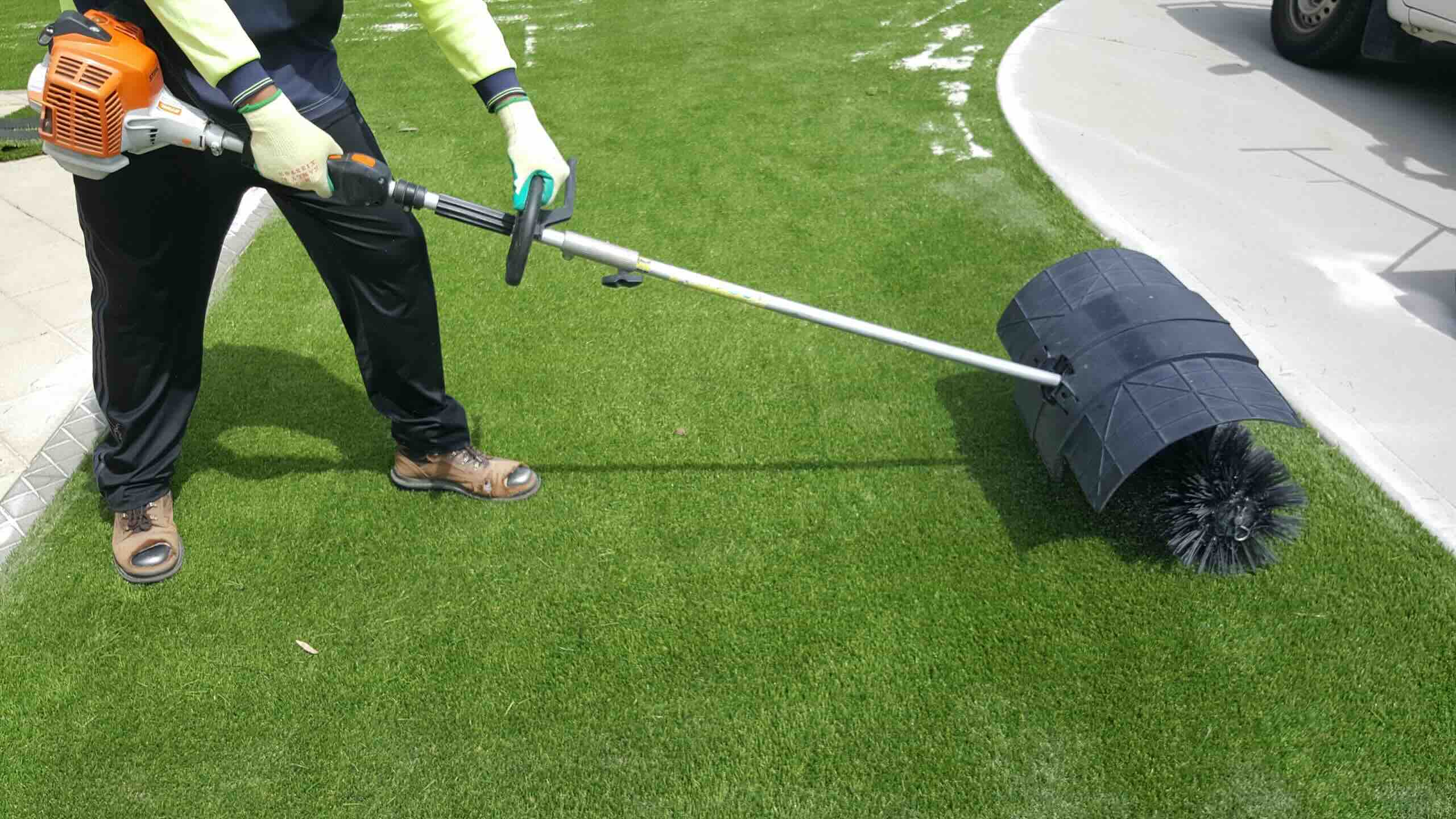




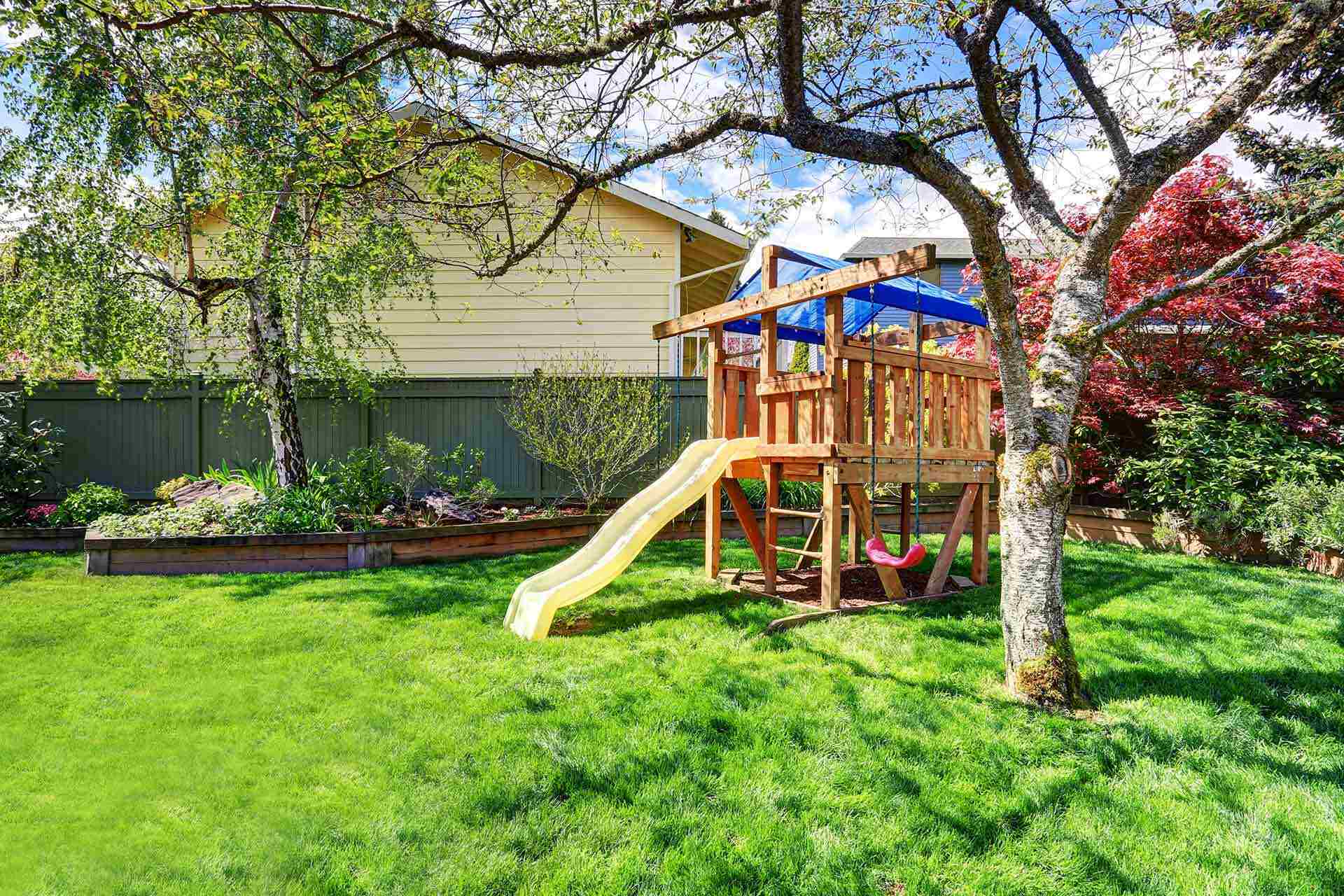
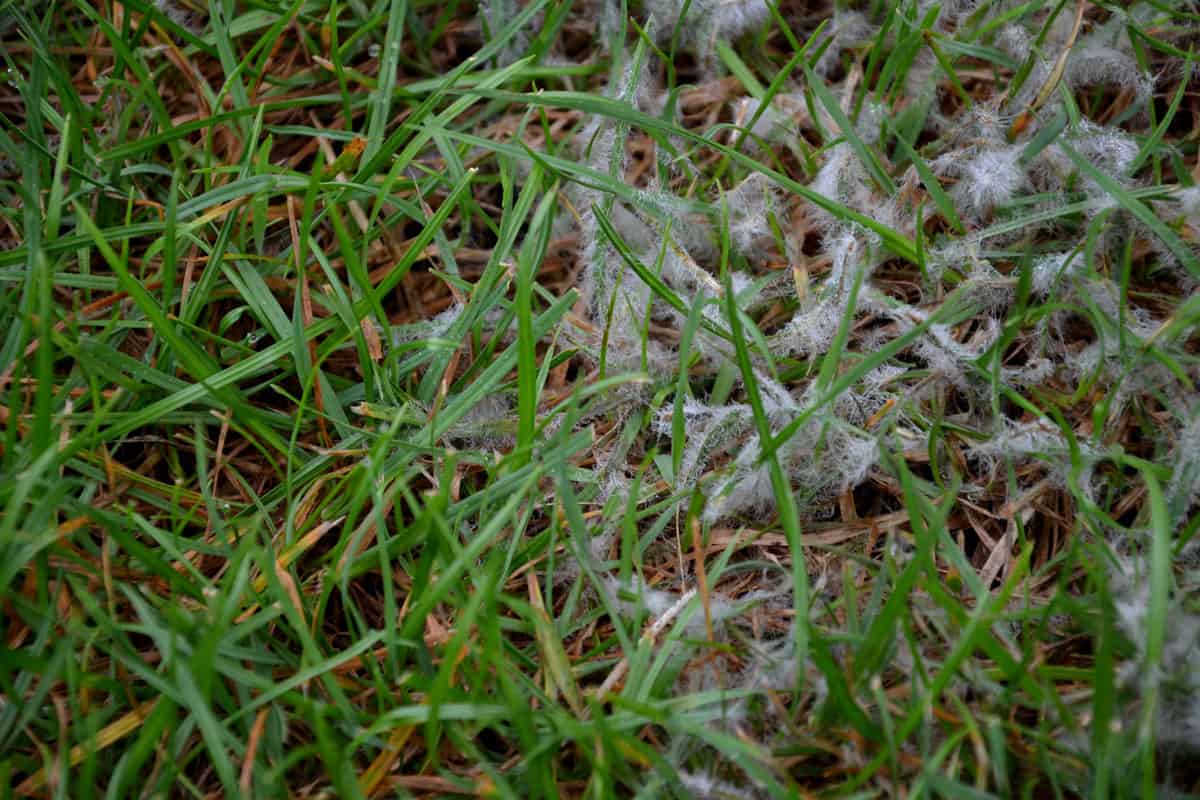
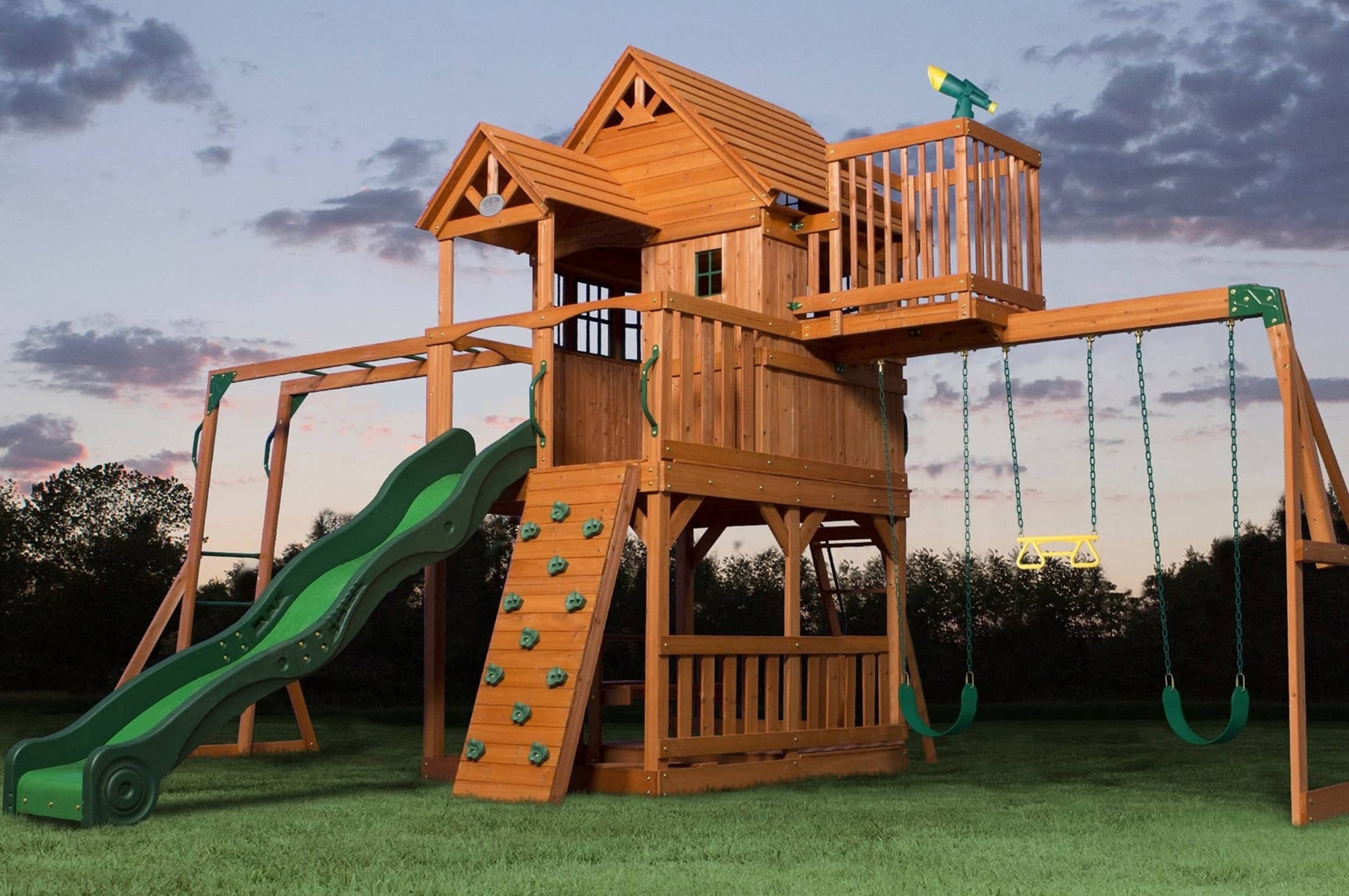
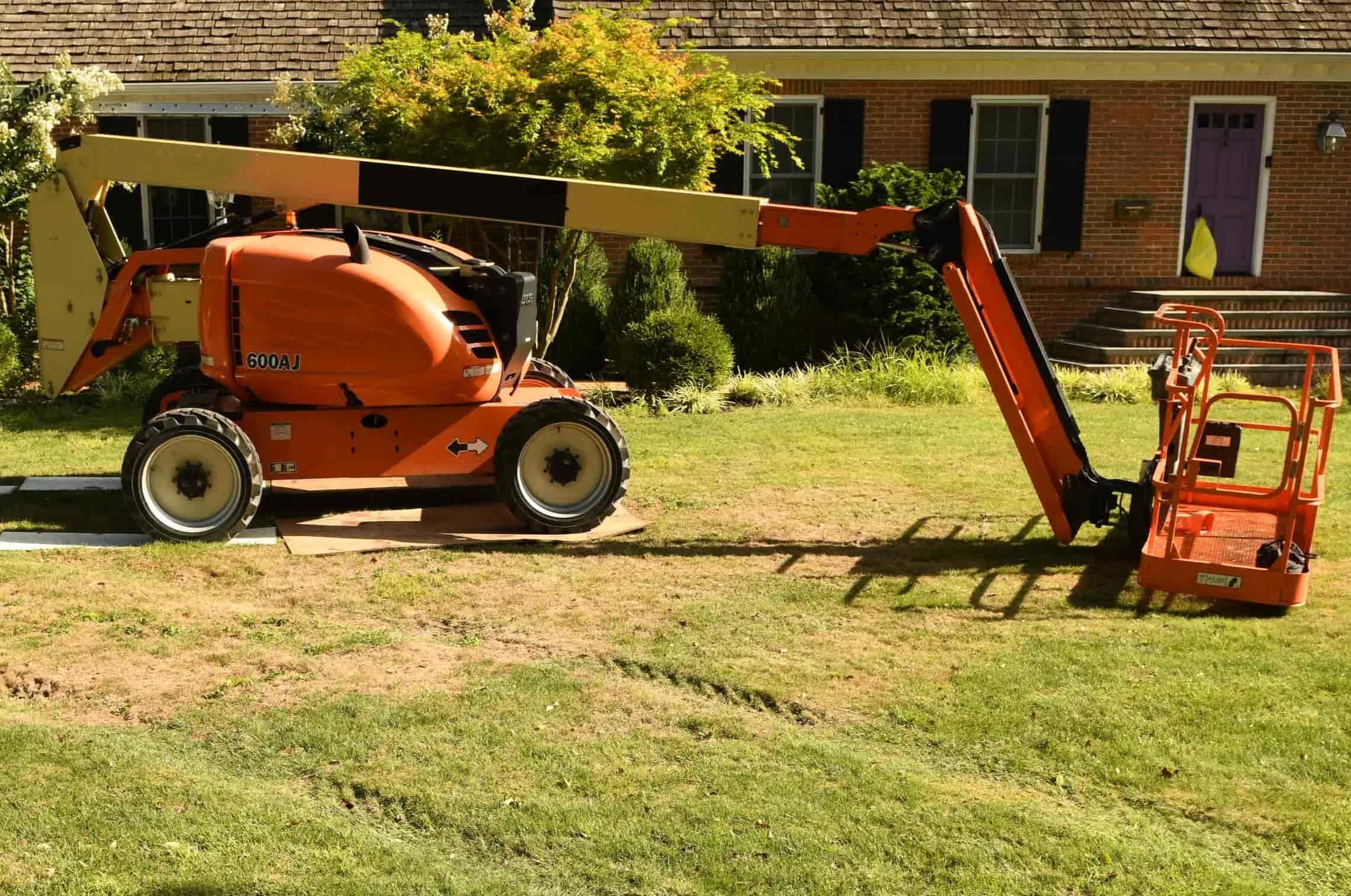
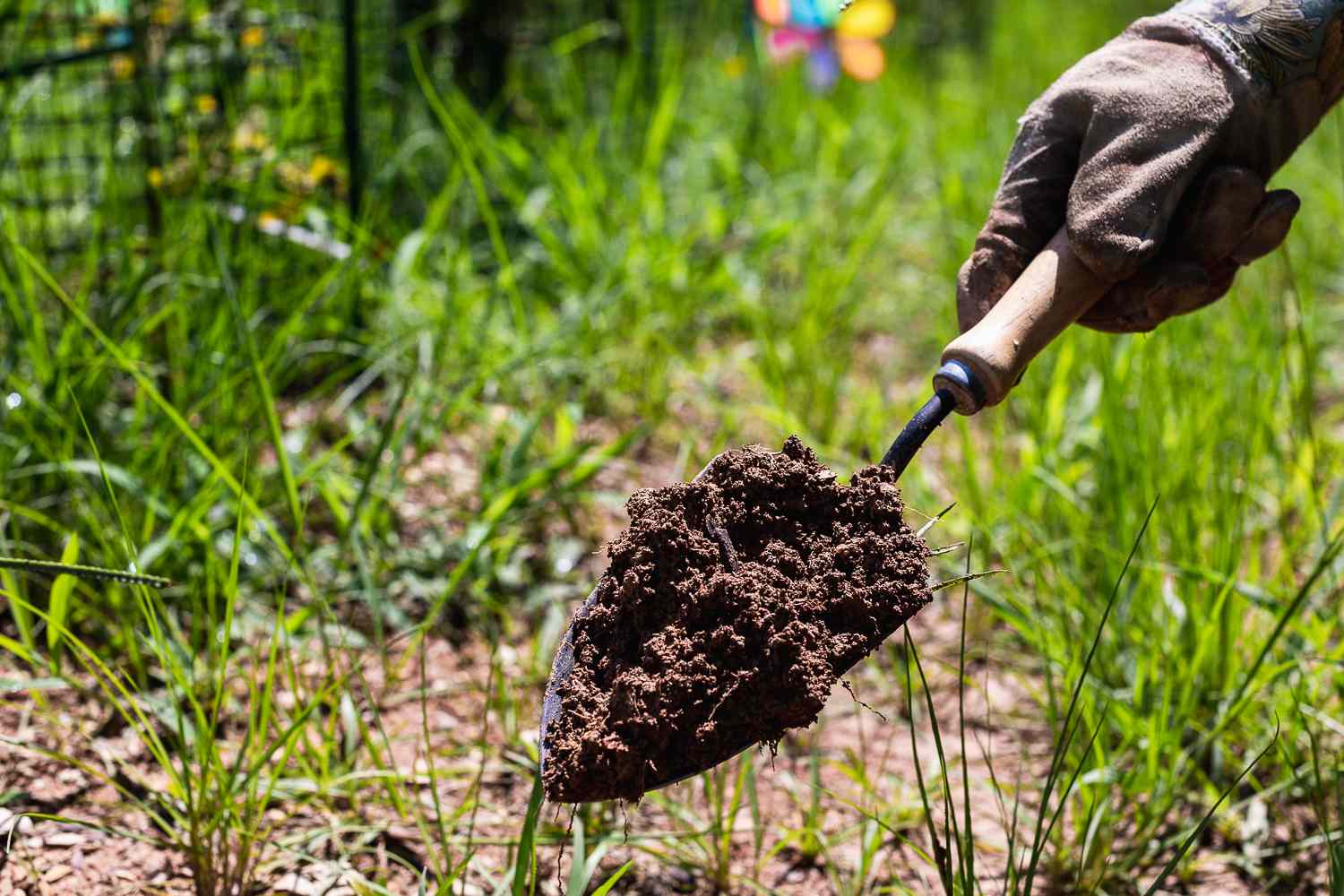
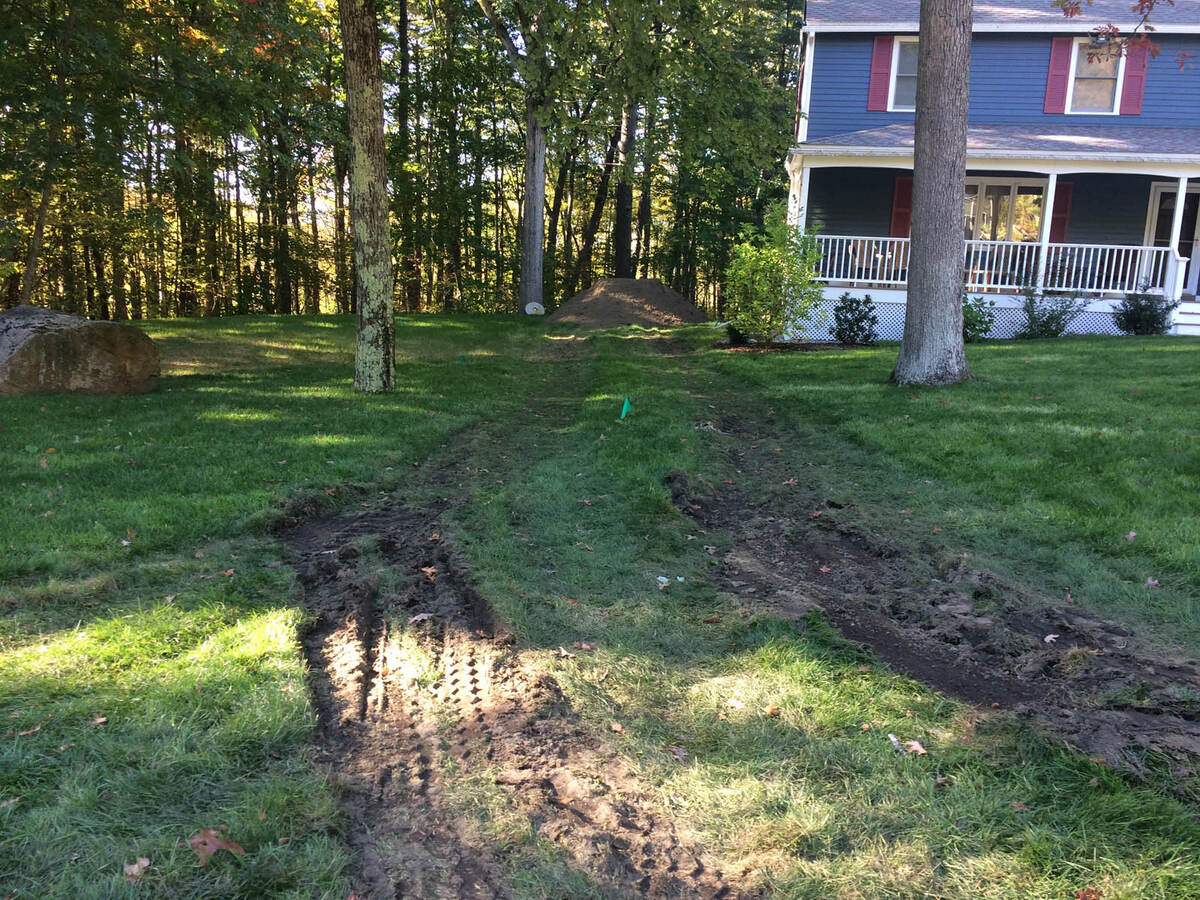
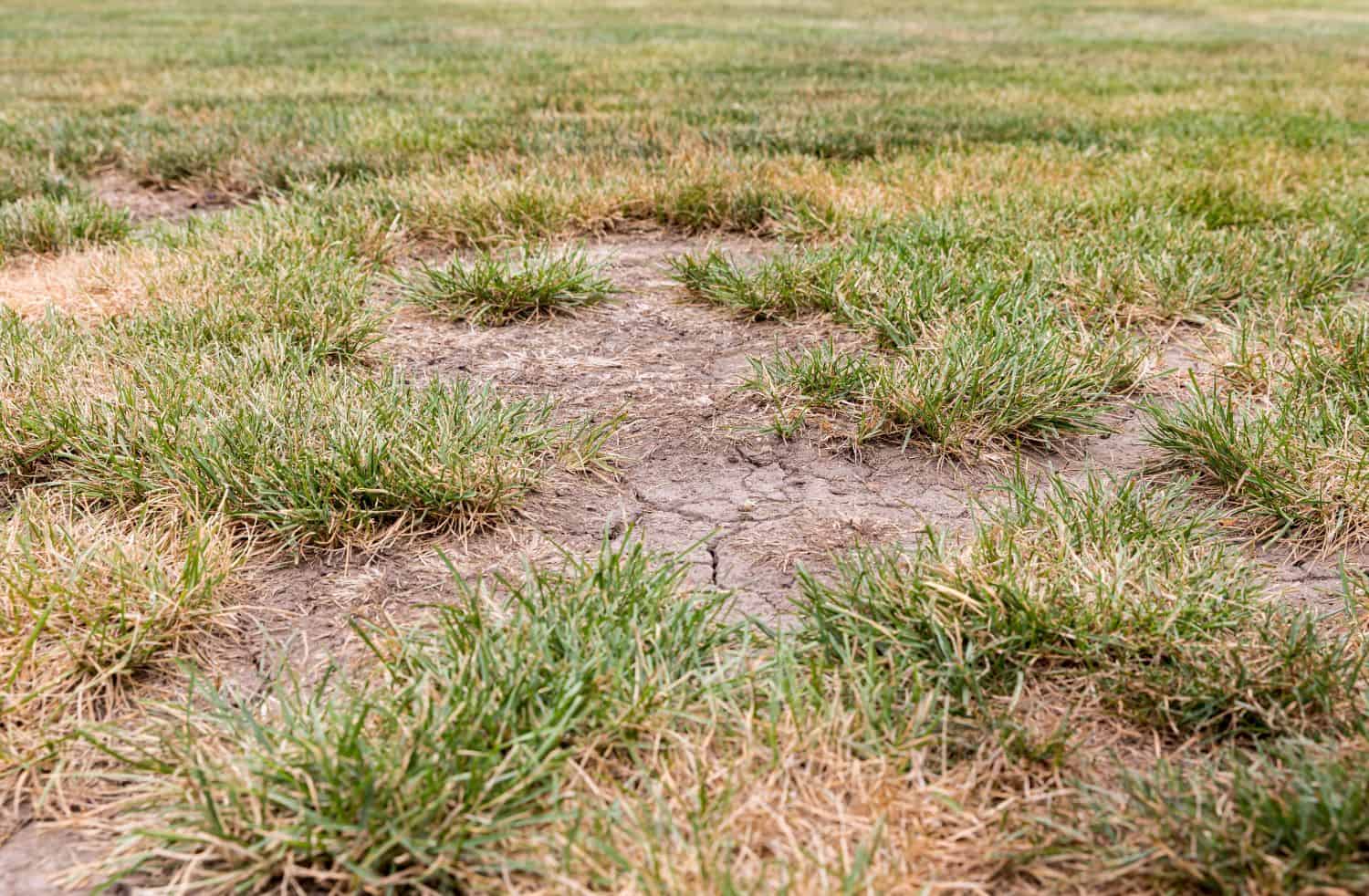

0 thoughts on “How To Fix Backyard Grass”